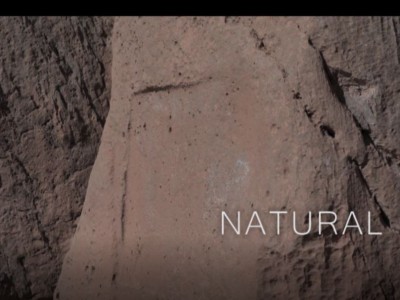Rock Reliefs in Iraqi Kurdistan

Rock reliefs are amongst the most important cultural monuments of the Middle East. Ancient Near Eastern rulers installed them at mountain passes and rivers to illustrate their claims of dominance over these remote regions. In Persia, well-known examples include those from Iranian Fars, Khuzestan and Luristan that date to the Elamian, Achaemenid, Parthian and Sasanid periods. Further to the north in the Kurdish Zagros mountains are the oldest rock reliefs carved during the 3rd and 2nd millennia BC. Later examples from this region are Neo-Assyrian monuments of the 8th and 7th centuries BC, that include the large complexes at Bawian and Maltai in the Iraqi-Kurdish province of Duhok.
The goal of this project is the photographic and photogrammetric documentation of rock reliefs in the Iraq provinces of Sulaimaniyah and Halabja. Begun in September 2016, this ongoing work is a collaboration between the Institute for Prehistory and Early History and Near Eastern Archaeology at the University of Heidelberg and the Directorate of Antiquities and Heritage of Sulaimaniyah Province. Funding is provided by the Gerda Henkel Foundation.
The rock reliefs of Darband-i Belula, Darband-i Gaur, Delezha, Darband-i Ramkan and Bitwata date to the transition from the 3rd to 2nd millennia BC. They all depict standard motifs of a triumphant prince, shown in association with a deity or defeated enemies. The second group of rock reliefs date to the later first millennia BC and the early first millennia AD. They include the Achaemenid tomb facade of Qizqapan, and the more recent Late Parthian sculptures at Mirquli and Rabana, which were made at the behest of a king or local ruler to mark the entrance to his mountain fortresses.
Rock reliefs in Iraqi-Kurdistan have previously been described, drawn and photographed several times by various explorers and travellers of the 19th and 20th centuries. However, these publications in various articles and books are not always of good quality. As part of the new project, all the monuments are once again being studied, this time within their surrounding landscape context. Recording the rock reliefs using modern techniques is also critically important because of their deteriorating state of preservation, which is not only due to natural erosion. In the last decades, the monuments have suffered considerable damage and destruction: the more accessible sites are often smeared with graffiti and coloured paint, others show clear bullet holes where they served as targets for soldiers, shepherds and recreational hunters. Other monuments have been damaged by treasure hunters, with the relief of Bitwata even reaching the international art market.
Documentation of the reliefs is therefore of great interest to the Iraqi antiquities authorities in Sulaimaniyah. This will be will accompanied by an informational publication designed to raise awareness amongst the population of these monuments, and to promote responsible attitudes towards cultural heritage. Results from the project will also be made available to all interested academic researchers to support further scientific analysis.
The following short film is intended to convey an impression of the procedures, methods and possibilities of photogrammetric documentation:
|